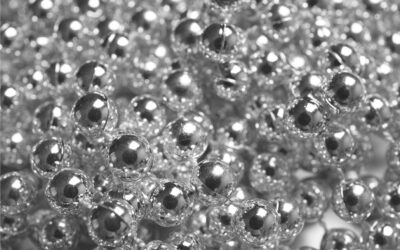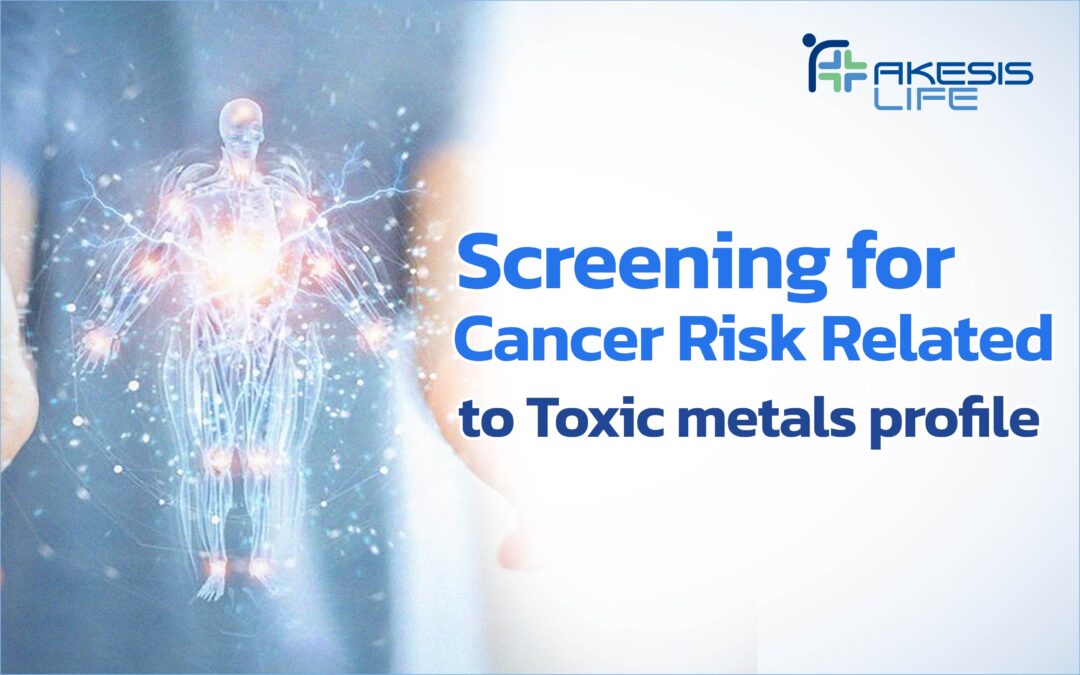What Are Carcinogens?
Carcinogens are substances—such as toxins, chemicals, radiation, or pathogens—contaminated in our environment that can trigger cancer development in humans. Long-term exposure to these substances can cause genetic mutations and increase cancer risk.
Common Carcinogens Found in Daily Life
- Cigarette smoke: Contains many carcinogens such as benzene, formaldehyde, cadmium, arsenic, chromium, and nickel.
- Air pollution: Originates from fuel combustion, car exhaust, open burning, industrial processes, and construction. Pollutants like PM10 and PM2.5 contain toxic gases, polyaromatic hydrocarbons (PAHs), and heavy metals such as mercury, lead, arsenic, cadmium, and nickel.
- Asbestos: Found in ceiling tiles, cement pipes, and insulation materials.
- Processed meats: Such as ham, sausages, and cured pork products contain nitrosamines.
- Infections: From viruses and bacteria such as hepatitis B and C, HPV, Epstein-Barr virus (EBV), Helicobacter pylori, and liver flukes.
- PAHs (e.g., benzo[a]pyrene): Found in high-heat grilled, roasted, smoked foods like sausages, ham, and bacon.
- Mycotoxins: Such as aflatoxins and ochratoxins from mold (e.g., Aspergillus) found in corn, peanuts, chili, garlic, shallots, and grains stored in warm, humid conditions.
- Heavy metals: Lead, arsenic, cadmium, chromium.
- Alcohol consumption
- Ultraviolet (UV) radiation from sunlight
- Synthetic hormone replacement therapy
- Pesticides: Containing benzene, PCBs, and organophosphates.
- Phthalates and Bisphenol A (BPA): Found in plastics, cosmetics, perfumes, detergents, fabric softeners, nail polish, etc.

Why Toxic Screening Matters
In today’s world, it’s nearly impossible to avoid exposure to toxins from air, food, and water. Many people unknowingly retain small amounts of these substances in their bodies. Infections and chronic inflammation from these agents significantly increase disease risk.

Toxic and Carcinogen Screening Methods
- Toxic Metals Profile
Tests levels of lead, mercury, nickel, chromium, cobalt, cadmium, manganese, aluminum, and arsenic from blood and urine.
- Blood Cholinesterase Activity
Pesticides like organophosphates and carbamates inhibit acetylcholinesterase, an enzyme vital for nerve signaling. Low levels indicate pesticide exposure.
- PAH Exposure Test
Measures 1-Hydroxypyrene in urine—a metabolite of PAHs from cigarette smoke, incense, air pollutants, and grilled/smoked foods.
- Urine Organic Acid Test
Detects exposure to phthalates and benzene. Also analyzes digestion, metabolism, microbial overgrowth, and detox functions.

Screening for Infections and Biotoxins
- Hepatitis B and C Virus Test
Chronic hepatitis can lead to cirrhosis, liver failure, and liver cancer. Early detection allows for proper care and prevention.
- HPV (Human Papilloma Virus) Test
High-risk HPV strains can lead to cervical and genital cancers.
- Methods:
- Cervical swab with HPV DNA test (often with Pap smear)
- Urine-based HPV DNA test (non-invasive, self-collection)
- Positive result: Requires follow-up with Pap smear
- Negative result: Recommend annual screening
HPV screening helps identify risk early and prevent cervical cancer.
- Epstein-Barr Virus (EBV) Test
While EBV often causes mild symptoms or is asymptomatic in healthy individuals, chronic infection is linked to lymphomas and nasopharyngeal cancer.
- Mycotoxin Urine Test (MycoTox Profile)
Detects fungal toxins like aflatoxin, ochratoxin, zearalenone—some of which are carcinogenic.

Conclusion
Testing for toxic residues, carcinogens, and chronic infections allows for early risk assessment of chronic diseases and cancer. These tests support better detox planning and immune system reinforcement, ultimately reducing disease risk and improving long-term health outcomes.
- Mahdi Balai-Mood, Kobra Naseri, et al.(2021). Toxic mechanisms of five heavy metals: Mercury, Lead, Chromium, Cadmium, and Arsenic. Pharmacol., 13 April 2021. Section Predictive Toxicology. Volume 12-2021
- Hyun Soo Kim,* Yeo Jin Kim,* and Young Rok Seo. An Overview of Carcinogenic Heavy Metal: Molecular Toxicity Mechanism and Prevention. Journal of cancer prevention. 2015 Dec; 20(4): 232–240.
- สารก่อมะเร็งที่พบได้ในชีวิตประจำวัน สถาบันมะเร็งแห่งชาติ กรมการแพทย์ กระทรวงสาธารณสุข
- Marie Donzel, Maxime Bonjour, et al. Lymphomas associated with Epstein-Barr virus infection in 2020: Results from a large, unselected case series in France. www.thelancet.com Vol 54 December, 2022
- 7 Toxins That Weaken Immunity and How To Detox. 31 Aug, 2023. https://drjockers.com/toxins-weaken-immunity/
- Unmask the Growing Health Threat of Mycotoxins. https://mosaicdx.com/test/mycotox-profile/


